If there's one brand that can pull off a product name like Pumpies, it's Seth Feroce's Axe & Sledge. And if you assumed this would be geared towards pumps, you are correct!

Axe & Sledge Pumpies bring a full, clinically-tested dose of Nitrosigine in five capsules!
Axe & Sledge already have a popular stimulant-free pre workout supplement named Hydraulic, but some users love the convenience of capsules to stack with their powdered pre-workout, energy drink, fat burner, or coffee. That's exactly what we're getting here today:
Pumpies: Nitrosigine packed nitric oxide pump capsules
The headline in this five-capsule serving is a full dose of Nitrosigine from Nutrition21, an ingredient we see more research published on every year, spanning from nitric oxide generation to cognition improvements. After all, the brain needs better blood flow too -- not just your other body parts.
It's followed by a larger-than-usual dose of VasoDrive-AP and far more. We dig into the science behind the inositol-stabilized arginine silicate in Nitrosigine and the rest of the formula below:
Axe & Sledge Pumpies – Deals and Price Drop Alerts
Get Price Alerts
No spam, no scams.
Disclosure: PricePlow relies on pricing from stores with which we have a business relationship. We work hard to keep pricing current, but you may find a better offer.
Posts are sponsored in part by the retailers and/or brands listed on this page.
This area is reserved for Team PricePlow's upcoming Ingredients video.
Subscribe to our channel and sign up for notifications so you catch it when it goes live!
Pumpies Ingredients
In a single 5-capsule serving of PUMPIES from Axe & Sledge, you get the following:
-
Inositol-stabilized Arginine Silicate (as Nitrosigine) – 1,500 mg
Nitrosigine is a patented ingredient made of arginine, inositol and potassium silicate,[1] also known as inositol-stabilized arginine silicate and often abbreviated in research studies as ASI. Semi-essential or "conditionally essential" amino acids like arginine are those which our bodies produce in limited amounts, which is not sufficient to cover our metabolic requirements during times of illness or stress.[2]
Arginine plays an important role in cardiovascular health as a nitric oxide (NO) booster. The only problem is that the bioavailability of pure, orally administered arginine, is not great. That's why we have inositol and silica: the presence of these two molecules "buffers" the arginine, preventing it from being digested before it's absorbed, and thereby improving its bioavailability.[3]
Specifically, the ASI complex seems to inhibit arginase, the enzyme that breaks down arginine in the stomach.[4]
The upshot is a NO booster that's fast-acting and long-lasting: Nitrosigine has measurable effects on NO production as soon as 30 minutes after consumption, and the effect lasts for up to six hours,[5-7] greatly outperforming standard L-arginine.[7]
The presence of extra NO in the bloodstream triggers vasodilation, a process where your arteries expand to allow more blood flow.[8] Because of this extra blood, vasodilation improves oxygen and nutrient delivery to your cells. That process is known for increasing athletic performance, but it also helps remove metabolic waste products after the conclusion of your workout—thus speeding recovery.[9]
Nitrosigine brings a six hour boost of plasma L-arginine, with hours 0.5 hours, 1 hour, and 1.5 hours reaching statistical significance on day 1, and by day 14, significant increases at 2 and 3 hours![7]
However, the benefits of elevated NO go beyond just physical performance. Increased blood flow affects the brain as much as the muscles, and therefore comes with cognitive benefits as well.[10-12]
Research studies have found that in athletes, Nitrosigine supplementation can prevent short-term decline in cognitive ability that typically follows an intense workout.[10]
But its cognitive benefits are for non-athletes as well. Young men who hadn't recently finished a workout still registered faster task-switching after Nitrosigine supplementation (meaning their multitasking improved).[11]
Greater perceived energy over time
A new study published in late 2021 showed that Nutrition21's Nitrosigine improves working memory and cognitive function in healthy young adults[12]
Because of NO's cognitive effects, a good NO booster like Nitrosigine can even help you find the motivation to get off the couch and go do your workout. people who take 1,500 milligrams of Nitrosigine daily have more self-perceived energy than people who don't![5] This effect achieved statistical significance after 72 hours of supplementation,[5] so be consistent with your Nitrosigine dose if you want the extra motivation.
There's actually way more to write about Nitrosigine than we can in this article, so if you want to learn more about this crazy-awesome ingredient, go check out our previous blog post, "Nitrosigine: The Nitric Oxide Booster That Enhances Brain Function". You can also read about the latest cognitive-enhancement study in our article titled Improved Working Memory from Nitrosigine in Healthy Young Adults.
-
VasoDrive-AP – 508 mg
Consisting of isoleucyl-prolyl-proline (IPP) and valyl-prolyl-proline (VPP), two tripeptides sourced from milk casein, VasoDrive AP attacks the problem of improving circulation from a different angle.
Instead of triggering vasodilation by increasing NO production, VasoDrive prevents vasoconstriction (narrowing of the blood vessels) by inhibiting the angiotensin-converting enzyme (ACE).[13]
VasoDrive is good enough at preventing vasoconstriction that it significantly reduces blood pressure in many who take it.[13]
We appreciate it when manufacturers combine ingredients for synergistic effects like this. It's a sign that the formula designers are doing real research,thinking through, and solving problems instead of just cobbling together a bunch of trendy ingredients.
-
Epicatechins 90% – 150 mg
The epicatechins are a class of flavonoid antioxidants that occur naturally in many plants, but especially in cocoa beans and Camellia sinensis (tea).
We've all probably heard that green tea is really good for cardiovascular health – well, epicatechins are a big part of the reason why. They're known to raise NO levels in human endothelial cells,[14] which control the relaxation or contraction of your blood vessels.
In one study where researchers gave people 30 grams of dark chocolate per day, they found that the epicatechins in the chocolate raised NO levels by a whopping 54% over the the course of the 15-day study period.[15]
Importantly, subjects in the same study who ate white chocolate – which contains far fewer epicatechins than dark chocolate – saw no increase in their NO levels.[15]
So, how well does this epicatechin-driven NO boost translate into vasodilatory effects? One study that looked specifically at epicatechin's impact on blood flow found that it was able to relax subjects' vasculature by 15%,[16] which is a pretty significant change.
One mechanism of action by which epicatechins can raise NO levels is by inhibiting the degradation of NO – much like VasoDrive-AP, which we just discussed above.[17]
So you can see what Axe & Sledge is going for in this formula, mainly, massive NO-boosting from a big dose of Nitrosigine and then extending the action of that NO by preventing its breakdown with ingredients like VasoDRive and epicatechins.
Other effects of nitric oxide
This study was performed on elderly, but alongside resistance training, epicatechin had the best results on myostatin and follistatin levels![28]
The supplement industry generally fixates on NO's ability to increase performance and speed recovery because a huge share of their market is commanded by athletes and bodybuilders. But NO has tons of other benefits for human health – and when writing this article, we found one example of it that was too good not to share.
In a 2016 study from the journal Diabetes and Vascular Disease Research, scientists reported that when they gave epicatechins to mice whose mitochondria had been damaged by diabetes, the mitochondrial function of the diabetic mice increased over the course of the whole study period, coming close to the mitochondrial function of the control mice![18] In the conclusion to their study, the authors specified that epicatechins' effect on nitric oxide synthase, the enzyme responsible for producing NO, was what drove the improvement in mitochondrial function.[18]
Mitochondrial function is so unbelievably important for ALL aspects of health, and mitochondrial damage so devastating, that this is a great illustration of how we need to think about second- and third-order effects when trying to optimize our health and nutrition. Impaired circulation caused by NO deficiency isn't just bad for your arteries and veins, but it can actually damage your body at the cellular level.
-
Pine Bark Extract (Pinus pinaster) – 100 mg
Chock full of antioxidant phenols[19,20] with similar effects to epicatechins, pine bark extract is another potent NO booster. Much like epicatechins, it works by directly stimulating endothelial nitric oxide synthase, also known as eNOS,[19,20] the enzyme that actually synthesizes NO (hence the name).
Pine bark has been shown to inhibit matrix metalloproteinases (MMPs),[21] enzymes that are involved with post-injury tissue remodeling, and are linked to fibrosis (stiffening) of lung tissue.[22] When MMPs get out of control, they can ultimately weaken arterial walls by making them stiff and unresponsive to changing cardiovascular demands.[23] So theoretically, inhibiting MMPs via pine bark supplementation could help keep your arteries supple, youthful, and strong.
A small body of research suggests that, due to its positive effects on vascular health, pine bark extract can help prevent neurological problems that are caused by chronic inflammation.[20]
-
Vitamin C (as ascorbic acid) – 135 mg (150% DV)
We all know vitamin C as a famous antioxidant and immunity booster, but the total number of uses for this incredible nutrient is huge.
Among other things, vitamin C can be used to stimulate nitric oxide synthase, the enzyme that produces NO.[24] Moreover, itmay also increase the bioavailability of NO,[25] meaning that your body can use more of the NO your body produces.
Although the role of NO in cardiovascular function can be complicated – under some circumstances the compound can actually contribute to oxidative stress[26]. It's true that in general, oxidative stress is linked to a decline in NO production.[27] So if you want to keep your cardiovascular system in top shape, increasing your intake of antioxidants like vitamin C is almost always a good idea.
Pumpies for the pumps
Most other brands couldn't pull off a name like "Pumpies", but Axe & Sledge is definitely unlike most other brands. Seth Feroce has crafted a solid Nitrosigine-based nitric oxide supplement here.
Over the years, we've seen quite a bit of research on Nitrosigine (and its nootropic counterpart, nooLVL) as well as epicatechin. One thing not to miss is the huge dose of VasoDrive-AP here, which is double what we generally see.
This is quite a solid pump supplement, and five capsules isn't too much to handle to achieve the effects. If you're a coffee-drinker, enjoy energy drinks, are on a fat burner, or have a high-stim pre-workout supplement that needs a bit of help in the nitric oxide department, you may have found your next stack.
Axe & Sledge Pumpies – Deals and Price Drop Alerts
Get Price Alerts
No spam, no scams.
Disclosure: PricePlow relies on pricing from stores with which we have a business relationship. We work hard to keep pricing current, but you may find a better offer.
Posts are sponsored in part by the retailers and/or brands listed on this page.
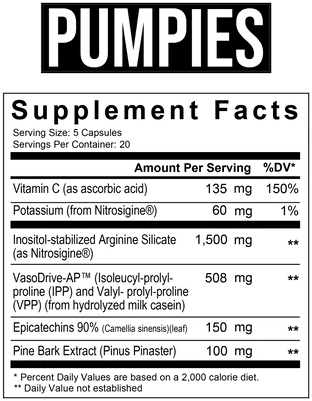
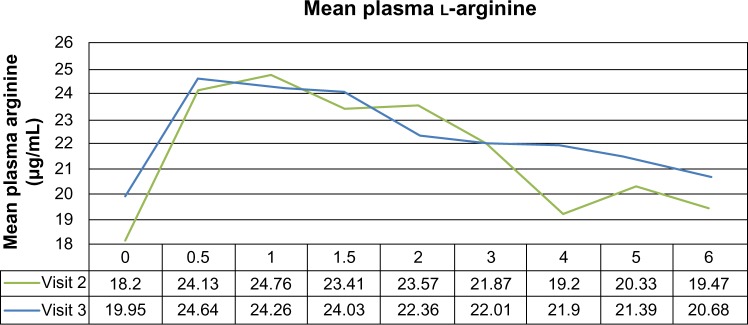
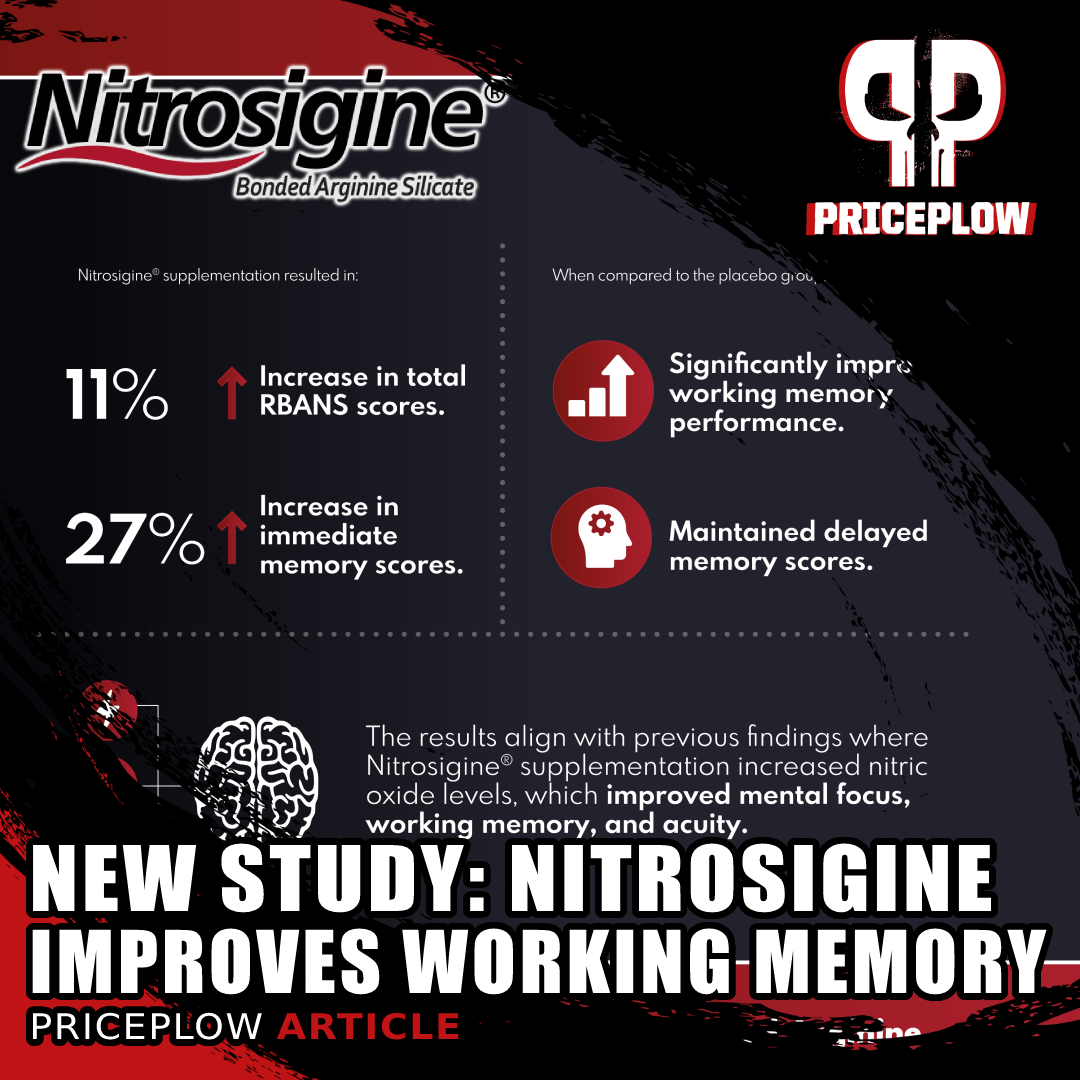

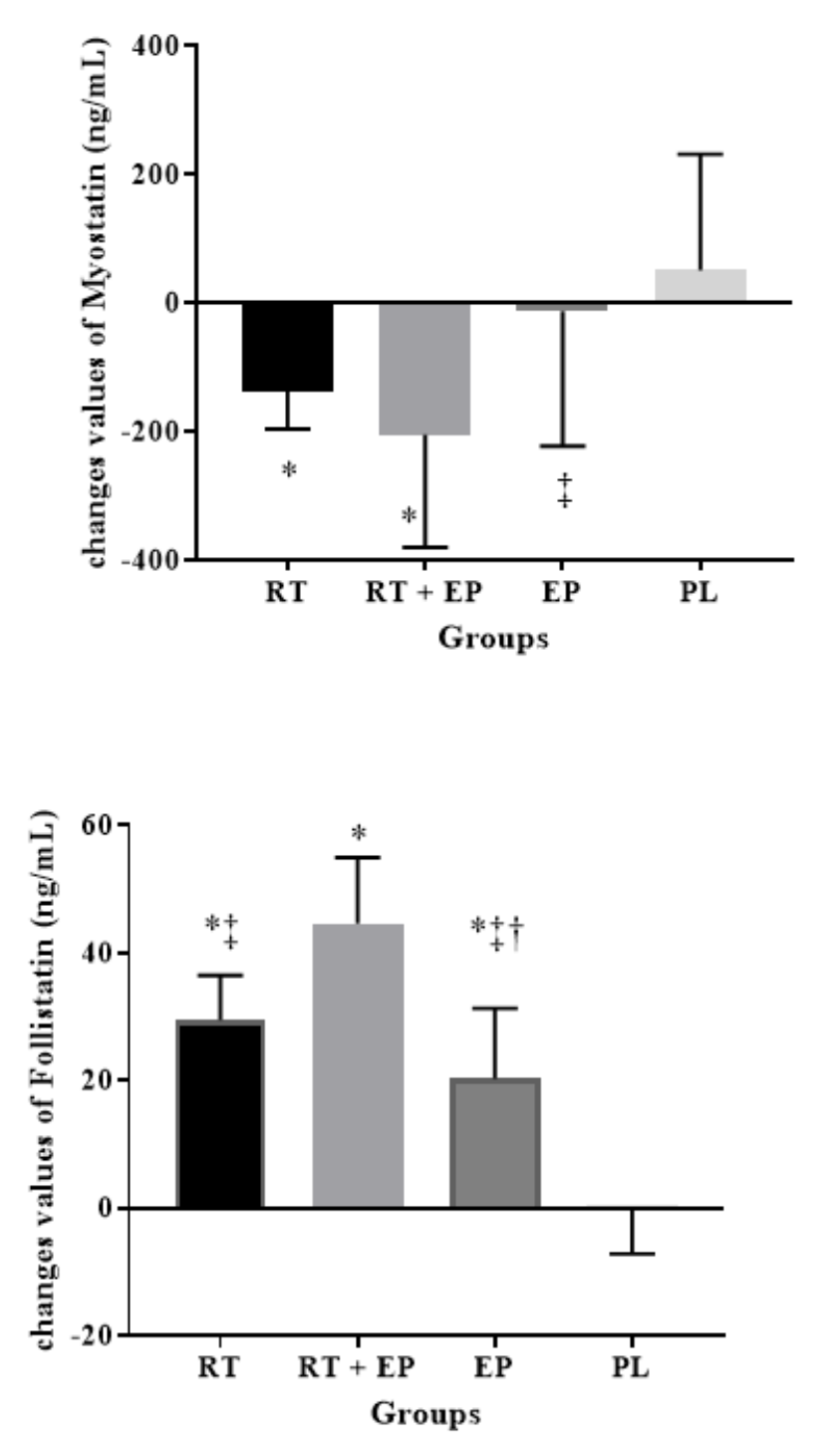
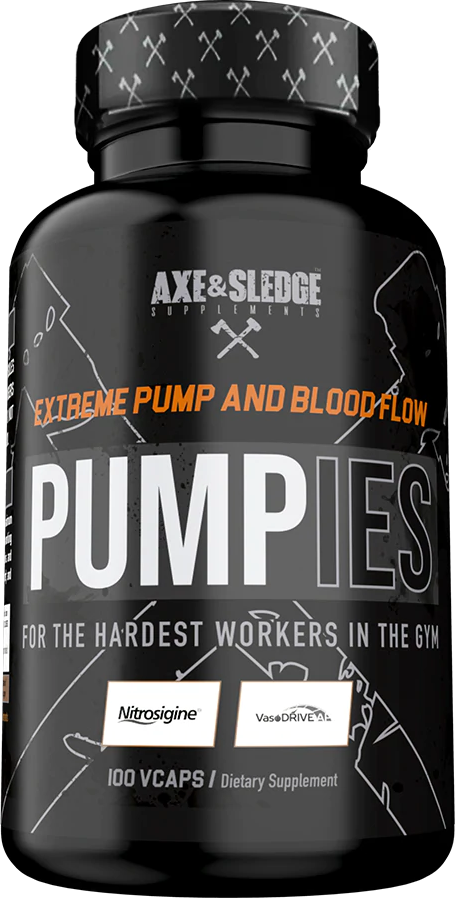
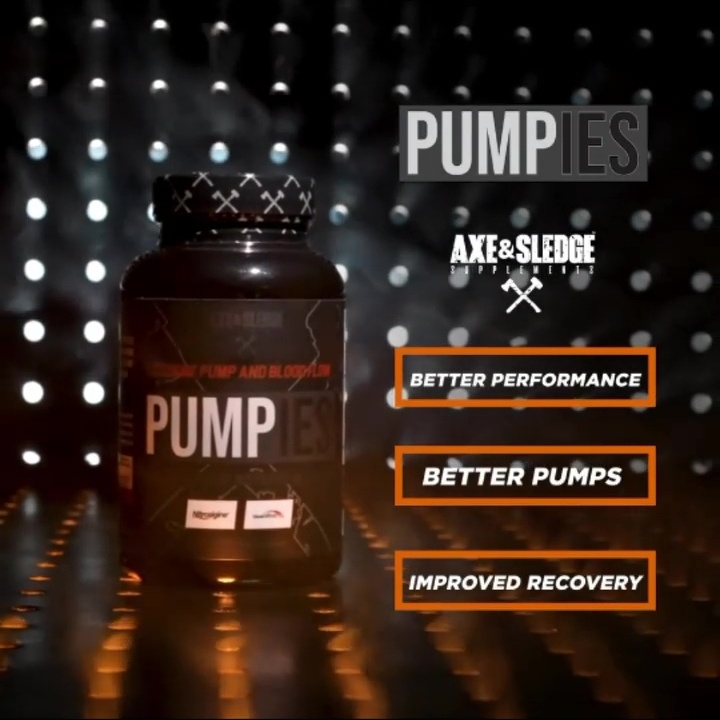


Comments and Discussion (Powered by the PricePlow Forum)